In this article, we’ll explore the 5 elements to writing a persuasive essay, breaking down the techniques and strategies that can help you create a convincing argument and capture your audience’s attention.

Crafting a persuasive essay is an art that combines logic, emotion, and clarity to convince the reader to embrace your viewpoint. To achieve this, it’s essential to understand the key components that make an argument compelling and impactful. From a strong thesis statement to well-structured supporting evidence, each element plays a critical role in shaping a persuasive narrative.
What is a Persuasive Essay?
A persuasive essay is a type of writing that aims to convince the reader to agree with the writer’s perspective or take a specific action. A persuasive essay might be the key to getting what you want! In this article we look to highlight the important points students need to write a an impressive persuasive essay!
In this essay, the writer presents a clear argument supported by evidence, logical reasoning, and sometimes emotional appeals to make their case compelling and credible. Persuasive essays are commonly used to discuss social issues, express opinions, or advocate for change, helping students develop strong argumentative and critical thinking skills.
The five important points students need to write a good essay are:
- Purpose
- Thesis statement
- Audience
- Arguments
- Transition words
Elements to Writing a Persuasive Essay Guide Book
We have created a persuasive essay guide book with step-by-step information on how to write a persuasive essay.
You can view the contents of this ebook by clicking on the following link to visit our TpT store access our Persuasive Essay Writing Guide.
We will look at how each of these points will help develop the paragraphs students need to write their essays.
Perfect Your Writing With Grammarly
This blog contains affiliate links to highlighted websites and/or resources. By clicking on the link and making a purchase we may earn a small commission at no extra cost to you. Click here for full disclosure.
Grammarly is a powerful tool for writing essays because it provides real-time grammar, spelling, and style suggestions, helping students improve clarity and correctness as they write. Beyond simple edits, Grammarly offers advanced insights on tone, readability, and word choice, making it an excellent resource for refining essays and boosting overall writing quality. Its accessibility on multiple platforms also makes it convenient for students to polish their work anytime, anywhere.

Grammarly is your one stop shop when it comes to proof-reading your essays, especially if you’re in a rush to get it done.

Now of course, students shouldn’t wait until the last minute to get their work done, but grammarly can help with proofreading the essay for any grammar or spelling mistakes. Students whose first language also find that grammarly helps with proofreading their work for school or when it comes to writing resumes.
And one last thing, Grammarly is not just for essay writing but it can be used anywhere you need to express yourself in writing.
What is the Purpose of a Persuasive Essay?
Simply put, a persuasive essay is one in which you attempt to get the reader to agree with your point of view. You create an argument and a counter-argument, however your argument must be stronger than the counter-argument.

Elements to Writing A Persuasive Essay Video
Our elements to writing a persuasive essay video highlights the points we discuss below.
If you enjoyed this video, please like it and subscribe to our YouTube channel: The ETI Academy!
We will now look at the five points mentioned earlier in full detail, along with examples of what NOT to do when writing your essay.
The Five Elements to Writing A Persuasive Essay
We hope after reading through these points you will find it easier to write your persuasive essays moving forward!
I. Purpose
What is the purpose of a persuasive essay? It is a way to convince others of your opinion.
Therefore, before you begin to brainstorm for your writing, decide your reason for writing.
Ask yourself the following question; What am I trying to convince others to believe, think, or do?
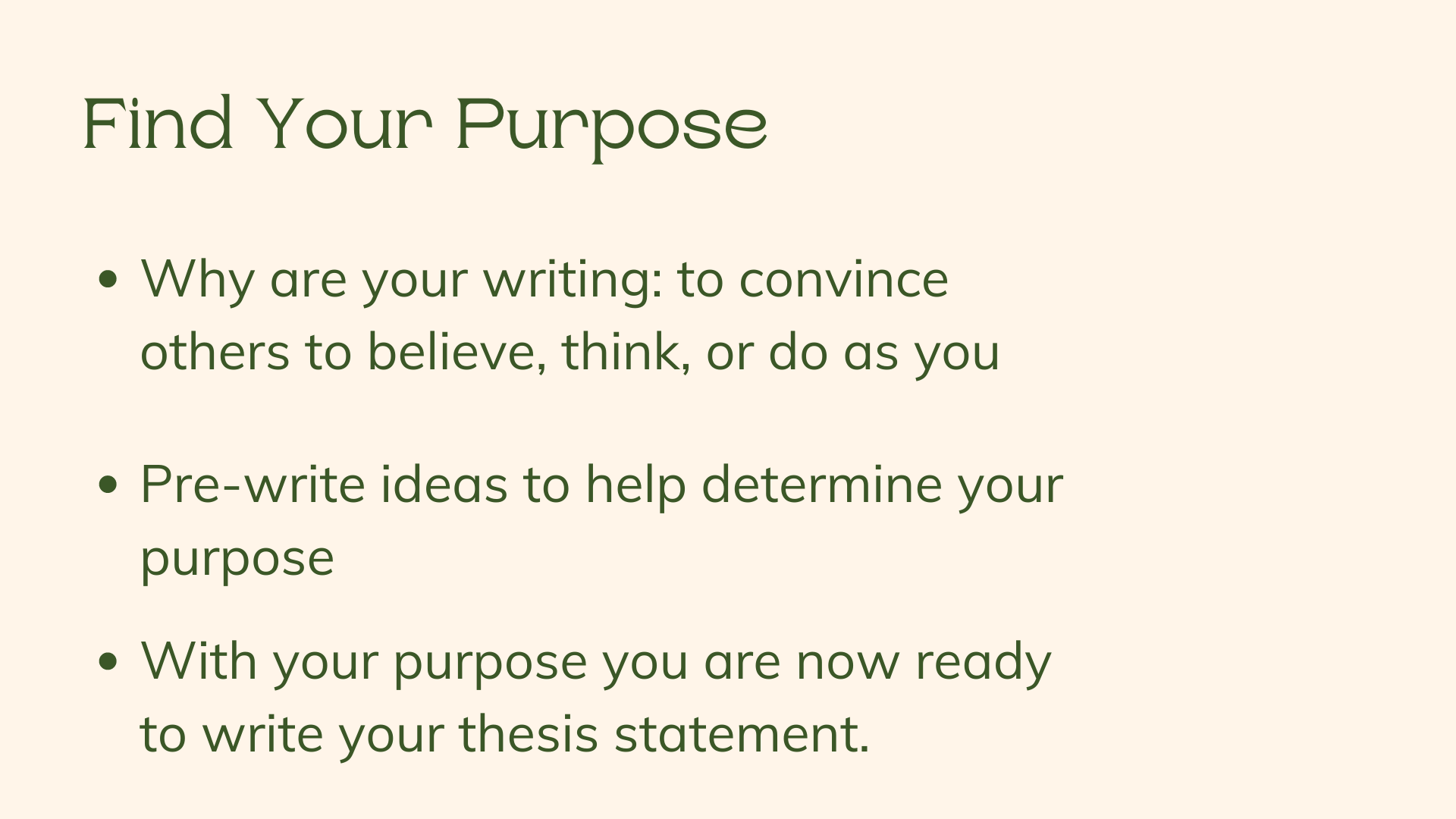
With your purpose in mind now you can go ahead with writing your thesis statement.
II. Thesis Statement
Your thesis statement is the focus point of the entire essay. You must be convinced of what you are saying, in order to convince others to hear you.
A good thesis statement is a short and easy to understand sentence that clearly gives your opinion on a topic and what you think should be done.
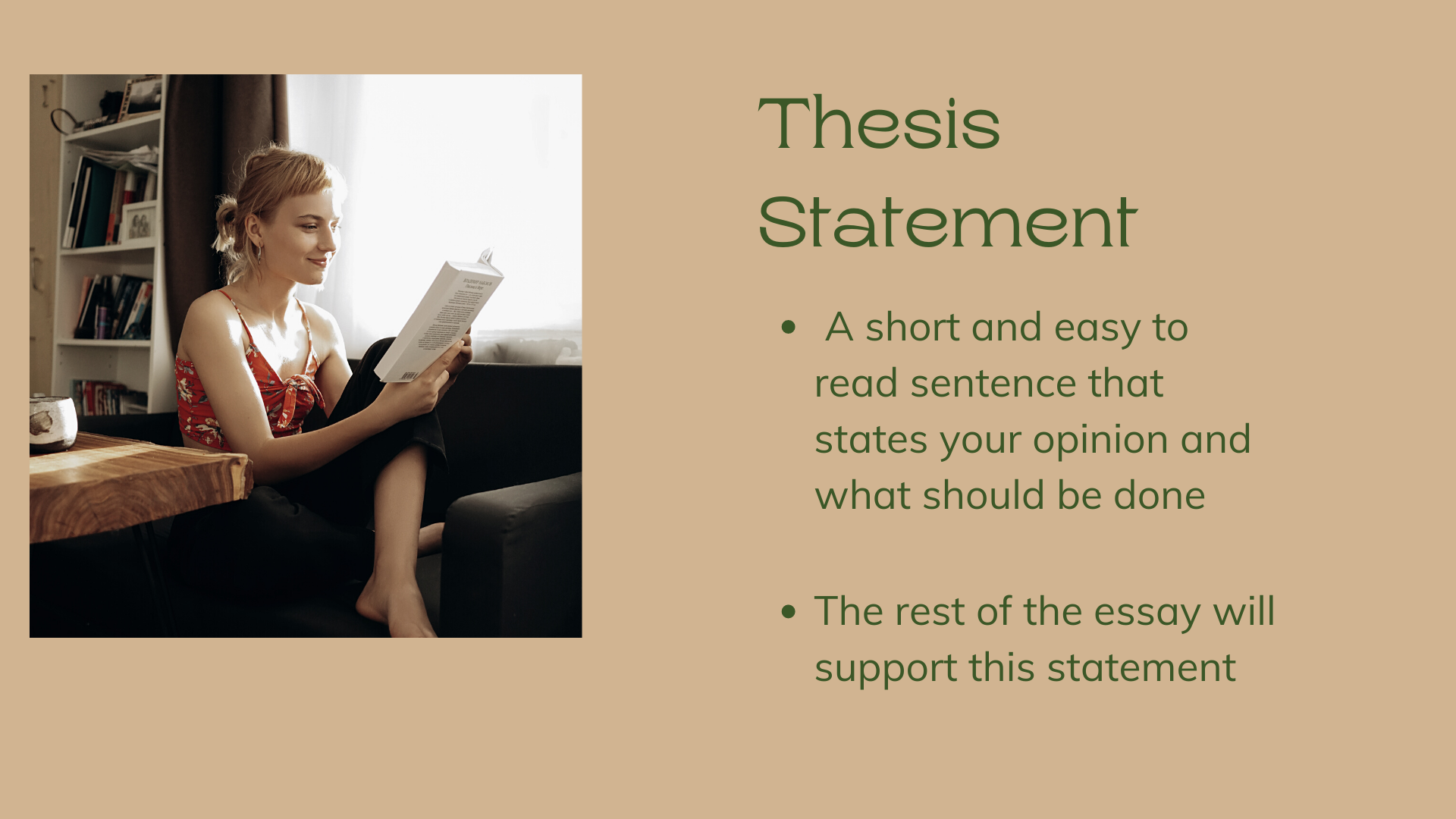
The rest of the essay will be what supports your thesis statement.
III. The Audience
But before you begin writing the rest of your essay, you must first think about the audience that needs to hear your essay and be convinced.
You don’t have to mention the audience by name.

Instead, it should be clear in your topic choice and writing style who your intended audience is going to be.
IV. The Arguments
The arguments you make will be the “body” paragraphs of your essay and support your thesis statement by giving more details.
In a four paragraph essay, you will have two body paragraphs since the other two will be for your introduction and conclusion of the essay.
Of the two body paragraphs, the first one will be to list your two arguments. The second will provide more detailed examples as to the arguments, and will also contain a counter-argument.
However, you will show why the counter- argument is weaker than your argument.
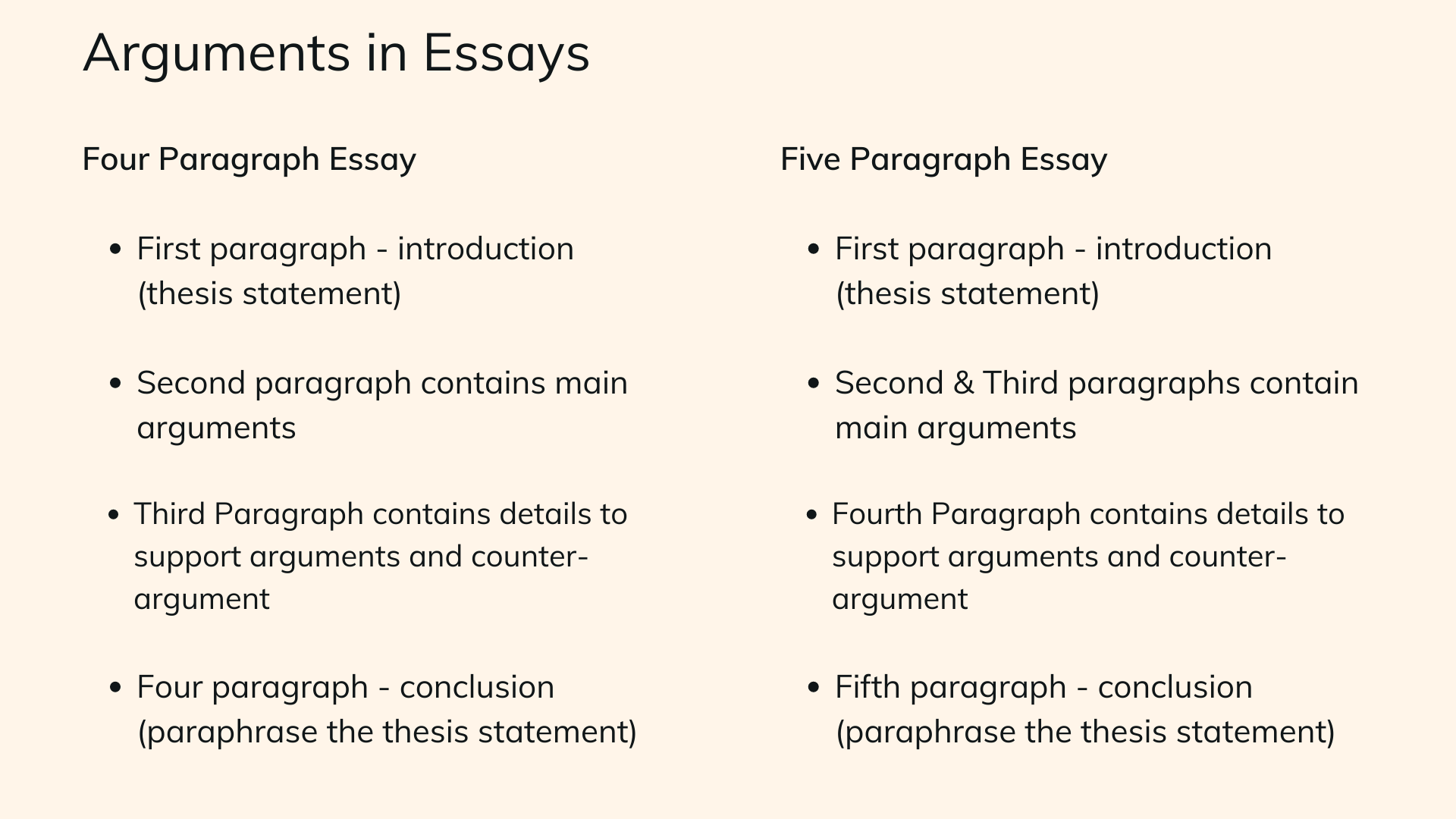
In a five paragraph essay, you will have three body paragraphs since again, the other two will be for your introduction and conclusion of the essay.
As to the three body paragraphs, the first two will be to list your three arguments. The third will provide more detailed examples as to the arguments, and will also contain the weaker counter-argument.
V. Transition Words
Transition words are very important in writing, since they help move the writing along, and makes it easier for the reader to follow the path along which the writer began their journey.
In other words, they help to link arguments together.
Here is a list of common transition words used in writing essays.
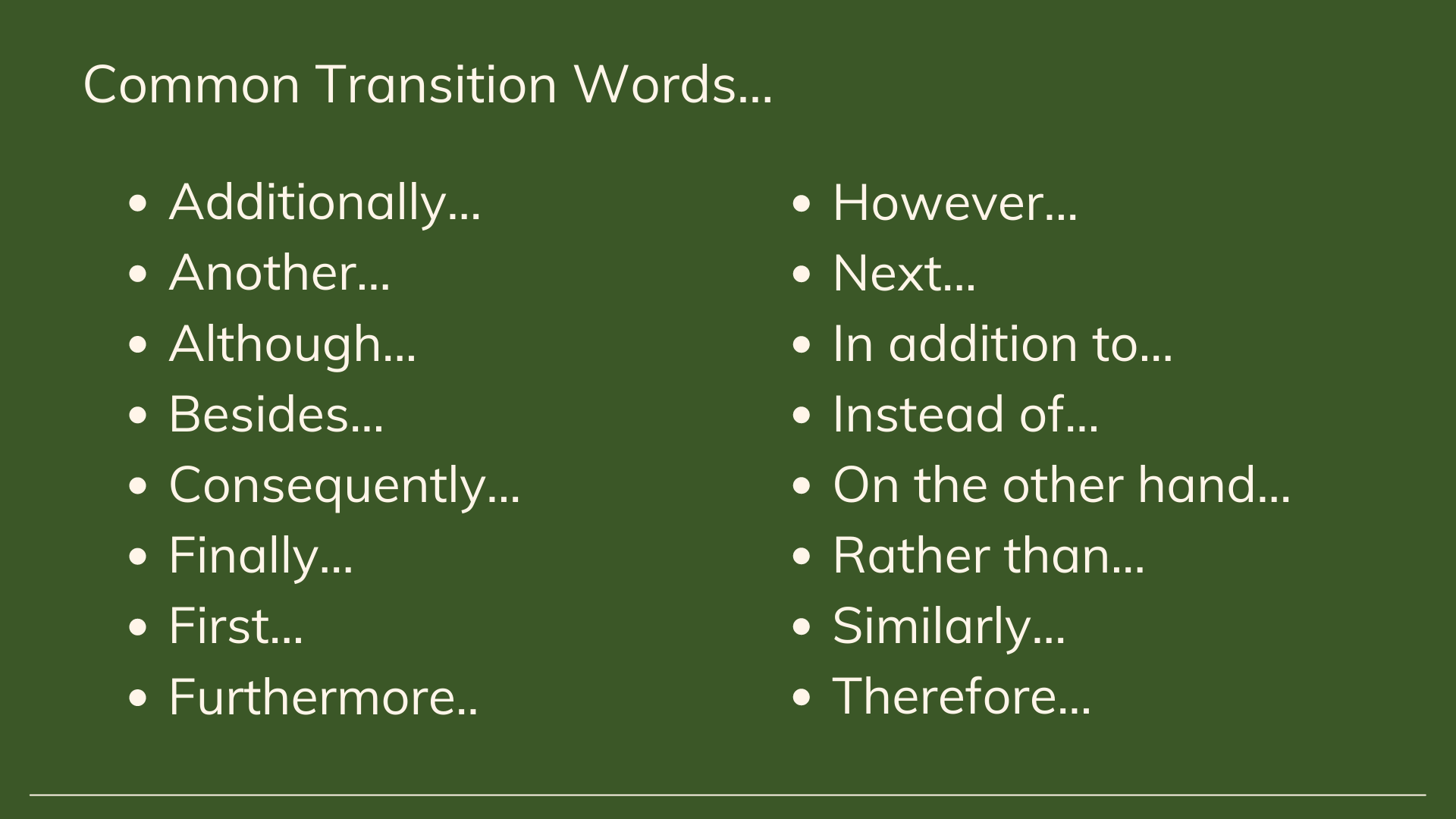
Now that we have covered the important points to consider when writing your essays, let’s look at what not to do.
What NOT to Write in Your Essay
In the slides below, you will find what NOT to do when writing your essay.
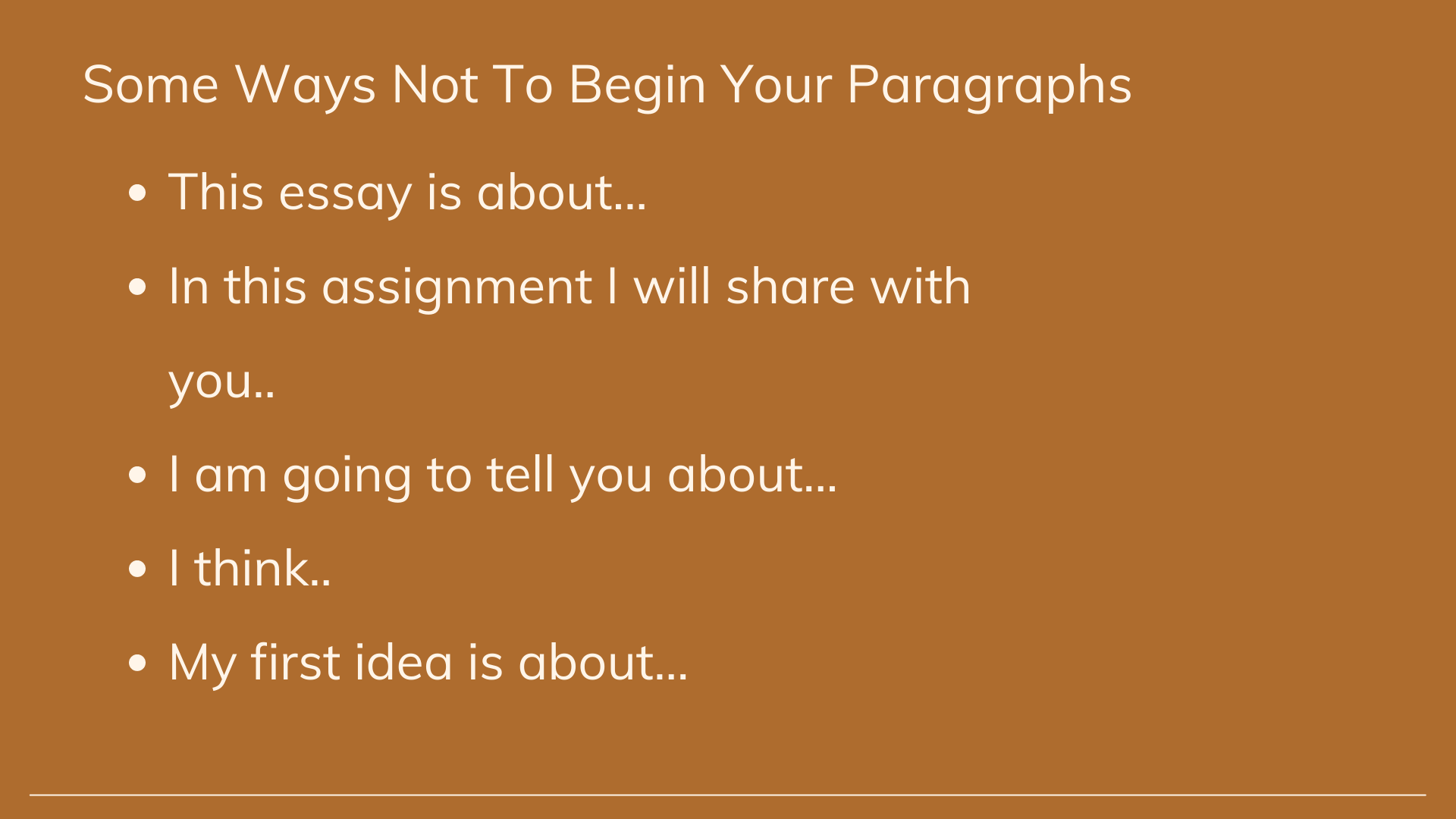
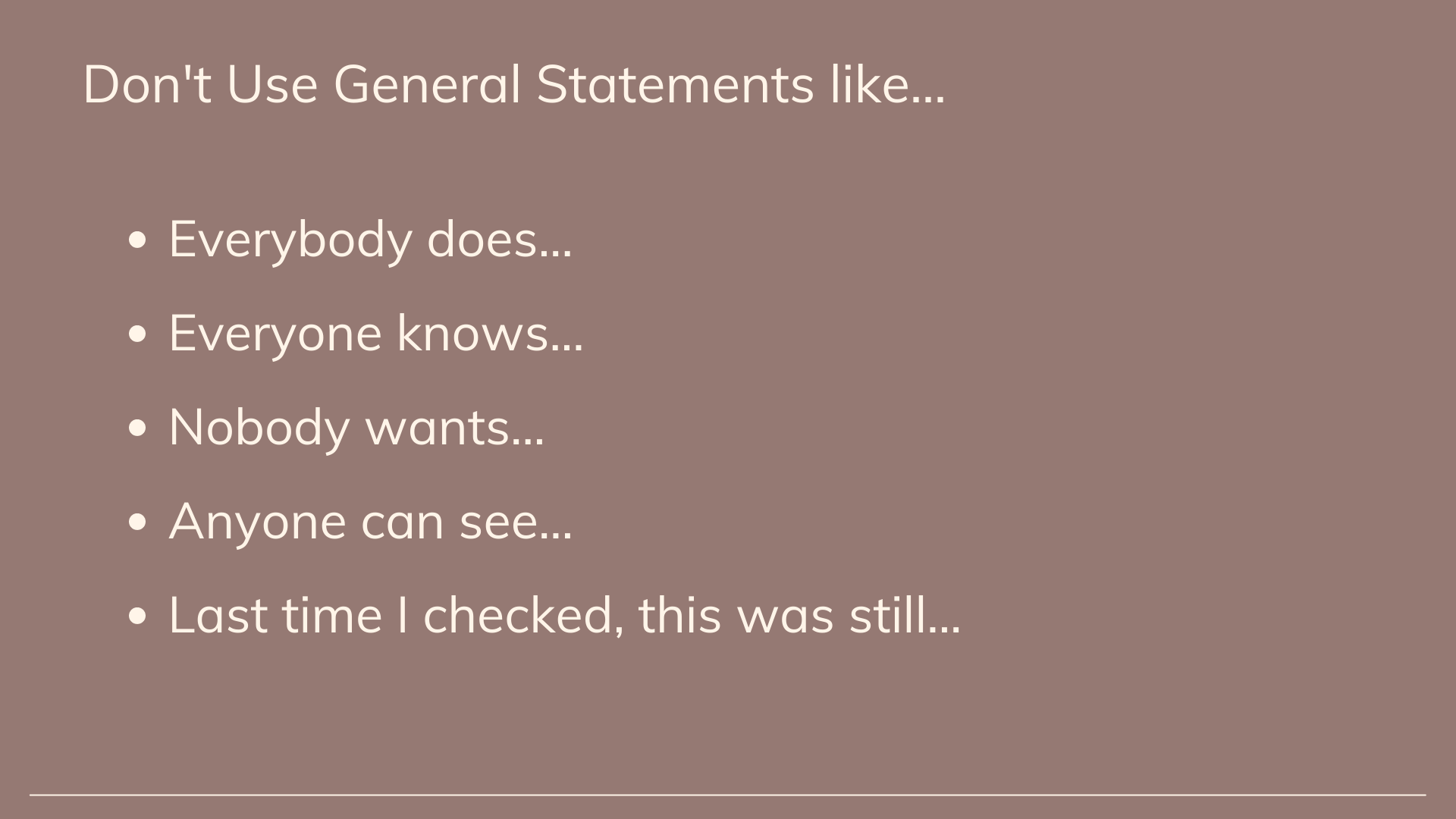
So remember not to make these simple mistakes to keep your writing clear and easy to understand.
A Sample Approach to Essay Writing
Below is a collection of sample approaches to begin each part of your essay as your consider the important points mentioned in this article.

We hope these sample essay approaches will help you in writing persuasive essays that help in school and in taking tests of English such the TOEFL iBT or IELTS.
Related Topics
Connect to our other pages as you navigate through our website. Explore what these pages have to offer you and you will be glad you did!
- Why Homeschooling Parents Love Using Hooked on Phonics
- 4 Ways to Improve Language Development in Children
- 5 Elements to Writing A Compare-Contrast essay
- 5 Benefits Educational Videos Bring to Homeschooling
- ELA Rubrics for the Homeschool Classroom
- How to Plan Your Graduate Studies Abroad
- 5 Ways to Reach Your Educational Goals for College
- Resources to Help With TOEFL Test Preparation at Home
- Resources to Help With Digital SAT Test Preparation at Home
- Easy Grammar Activities for Homeschooling Students
Join Our Newsletter Community Today!
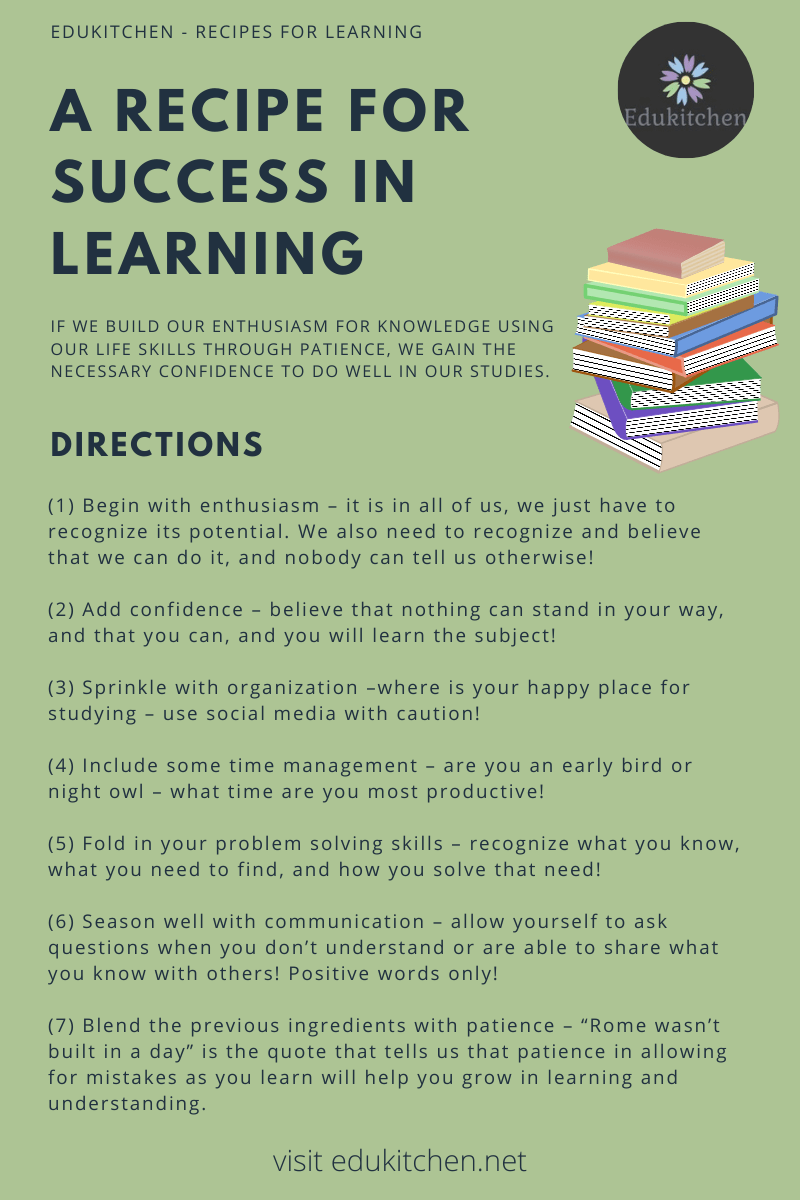
Final Thoughts…
Every thing that I have shared with you in this article, I have used myself in my university days. My writing skills have helped me find success in school, and when traveling around the world, writing down the knowledge I hope to always share with others.

I hope you enjoyed reading this article and found it useful for building good writing skills that will help with your educational goals in learning for years to come.
Share Your Thoughts…
Leave us a comment below to let us know your thoughts on our ideas on the importance of building your writing skills in education.




